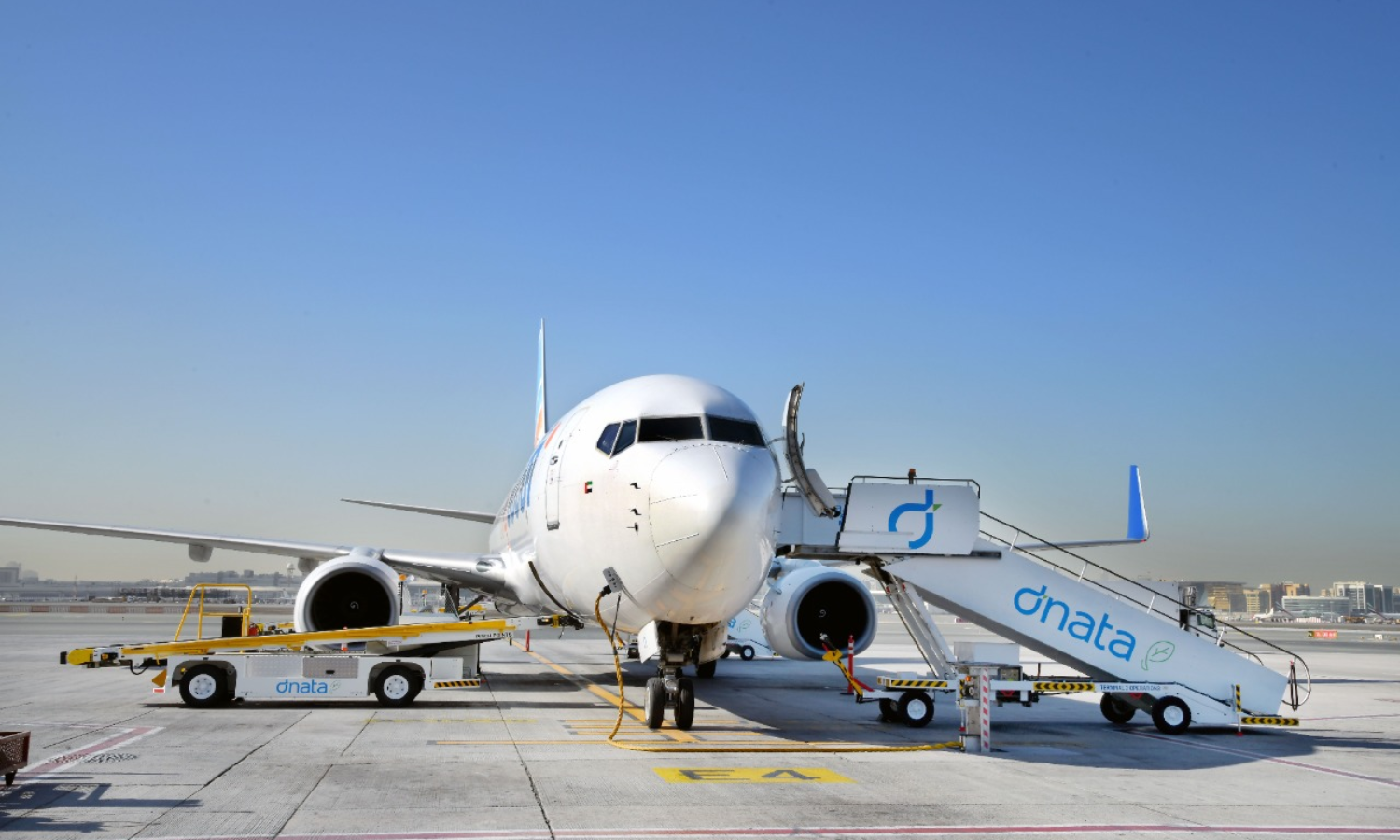IATA says global cargo revenue to be $191bn in 2022
Industry likely to carry over 68mn tonnes cargo in 2022; yields expected to fall 10% YoY on soft trading environment.

Cargo revenue is expected to account for $191 billion of industry revenue in 2022, according to the latest projections by the International Air Transport Association (IATA).
"That is down slightly from the estimated $204 billion in 2021 but nearly double the $100 billion achieved in 2019," IATA said in its report.
Overall, the industry is expected to carry over 68 million tonnes of cargo in 2022, which is a record high. As the trading environment softens slightly, cargo yields are expected to fall 10.4 percent compared with 2021. That only partially reverses the yield increases of 52.5% in 2020 and 24.2 percent in 2021, the report added.
"Air cargo stood out as a lifeline for vaccines, supply chains, and airline revenues throughout the Covid-19 crisis," says Willie Walsh, Director General, IATA. "And it has grown to be an even more vital contributor to revenues."
Losses will be cut to $9.7 billion this year and profitability is on the horizon for 2023, Walsh added. "It is a time for optimism, even if there are still challenges on costs, particularly fuel, and some lingering restrictions in a few key markets."
IATA is holding its 78th annual general meeting and the World Air Transport Summit in Doha, Qatar from 19-21 June, 2022, hosted by Qatar Airways. Around 1,000 aviation leaders from IATA member-airlines, governments, industry stakeholders and strategic partners are likely to attend the event.
Efficiency gains and improving yields are helping airlines reduce losses even with rising labour and fuel costs (the latter driven by a +40 percent increase in the world oil price and a widening crack spread this year), the report said.
"Industry optimism and commitment to emissions reductions are evident in the expected net delivery of over 1,200 aircraft in 2022."
Strong pent-up demand, lifting of travel restrictions in most markets, low unemployment in most countries and expanded personal savings are fueling a resurgence in demand that will see passenger numbers reach 83 percent of pre-pandemic levels in 2022.
The challenge for 2022 is to keep costs under control. "The reduction in losses is the result of hard work to keep costs under control as the industry ramps up," says Walsh. "The improvement in the financial outlook comes from holding costs to a 44 percent increase while revenues increased 55 percent. As the industry returns to more normal levels of production and with high fuel costs likely to stay for a while, profitability will depend on continued cost control. And that encompasses the value chain. Our suppliers, including airports and air navigation service providers, need to be as focused on controlling costs as their customers to support the industry's recovery."
Industry revenues are expected to reach $782 billion ( an increase of 54.5 percent from 2021) and over 93 percent of 2019 levels. Flights operated in 2022 are expected to total 33.8 million, which is 86.9 percent of 2019 levels (38.9 million flights).
War in Ukraine
The impact of the war in Ukraine on aviation pales compared with the unfolding humanitarian tragedy, the report said. "The outlook assumes that the war in Ukraine will not escalate beyond its borders. Among the many negative impacts of an escalation for aviation, rising fuel costs and a dampening demand due to lowered consumer sentiment would be paramount."
just under 1 percent of global freight traffic originated in or is transited through Russia and Ukraine. "The greater impact is in the specialised area of heavy-weight cargo where Russia and Ukraine are the market leaders, and the corresponding capacity loss will be difficult to replace. About 19 percent of international cargo shipments (CTKs) transits through Russian airspace (2021 data)."
Carriers impacted by sanctions face higher costs for re-routing, the report said.


